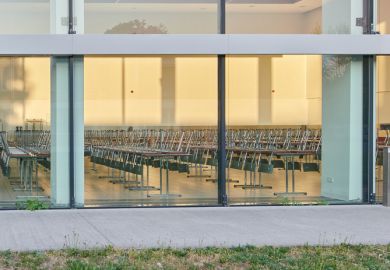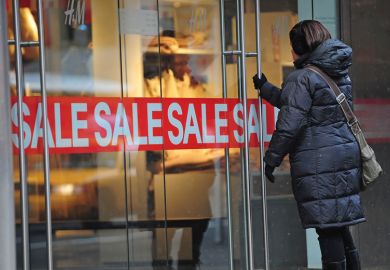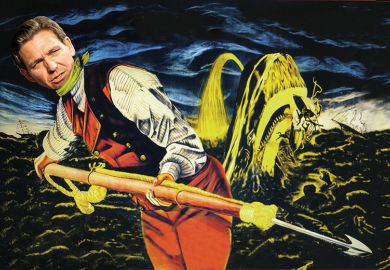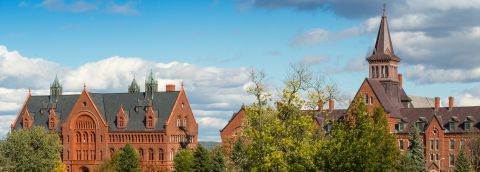The University of Vermont (UVM) has become the US’ first public flagship institution to accept more students from another state than from its own, passing what critics see as an ignominious milestone for a steadily rising practice favouring revenues over public service.
The 11,000-student campus in Burlington admitted 550 freshmen from neighbouring Massachusetts, or nearly 20 per cent of its entering class, compared with 439 students from Vermont itself, according to 2022 figures compiled by admissions expert Jon Boeckenstedt.
While not alone, Vermont was practising an extreme version of “the great student swap”, said Aaron Klein, senior fellow in economic studies at the Brookings Institution, who has chronicled the growth of the phenomenon for years.
“What’s happening at UVM is happening across America – public universities swapping in-state for out-of-state students,” said Mr Klein. “The result is greater student debt across the board.”
Such moves have their basis in the fact that US public colleges tend to charge out-of-state students higher tuition rates, fundamentally to reflect the fact that they and their families have not been funding the institutions through their state tax payments. Yet, while state governments have cut their funding for public higher education in recent decades, theoretically lowering the tax-based rationale for residency-based tuition differences, many of their institutions have responded by raising their share of those higher-paying out-of-state students.
In his 2022 report at Brookings, Mr Klein said he found that the share of out-of-state students at the nation’s 50 state flagship institutions rose by an average of 55 per cent over the previous two decades, with all but two of the 50 showing out-of-state gains over that period.
UVM did not respond to requests for comment, though it has previously explained its situation by noting the state’s tiny population – the second-smallest in the US – especially in comparison with neighbours such as Massachusetts and New York. It has said that it accepts about 70 per cent of its in-state applicants and about 60 per cent of those from outside Vermont, and uses the extra money to help keep the university free for about half of its in-state students.
But Mr Klein noted that it was possible to boost home-state enrolment by making a budgetary commitment to it. A chief example, he noted, was the 10-campus University of California, widely regarded as the nation’s top public system. Its flagship, the University of California, Berkeley, had the nation’s highest rate of increase in out-of-state students between 2002 and 2018, Mr Klein said. But that was reversed, he said, after the California system was chastised in a 2016 report by the California state auditor for sliding away from its promise to admit only out-of-state students with academic qualifications “that are equivalent to those of the upper half of residents who are eligible for admission”.
The system was found by the auditor to have actually been admitting tens of thousands of out-of-state students with test scores below the median of admitted in-state students. After making changes, the California system is now at the point where it just announced another gain in the proportion of in-state freshmen, bringing California residents up to 83 per cent of the system’s total undergraduate enrolment for the current academic year.
Such a commitment was part of a duty that states and their universities had to their residents, Mr Klein said. “Vermonters should be upset that their excellent flagship university is primarily serving out-of-state students,” he said.
Register to continue
Why register?
- Registration is free and only takes a moment
- Once registered, you can read 3 articles a month
- Sign up for our newsletter
Subscribe
Or subscribe for unlimited access to:
- Unlimited access to news, views, insights & reviews
- Digital editions
- Digital access to THE’s university and college rankings analysis
Already registered or a current subscriber?










